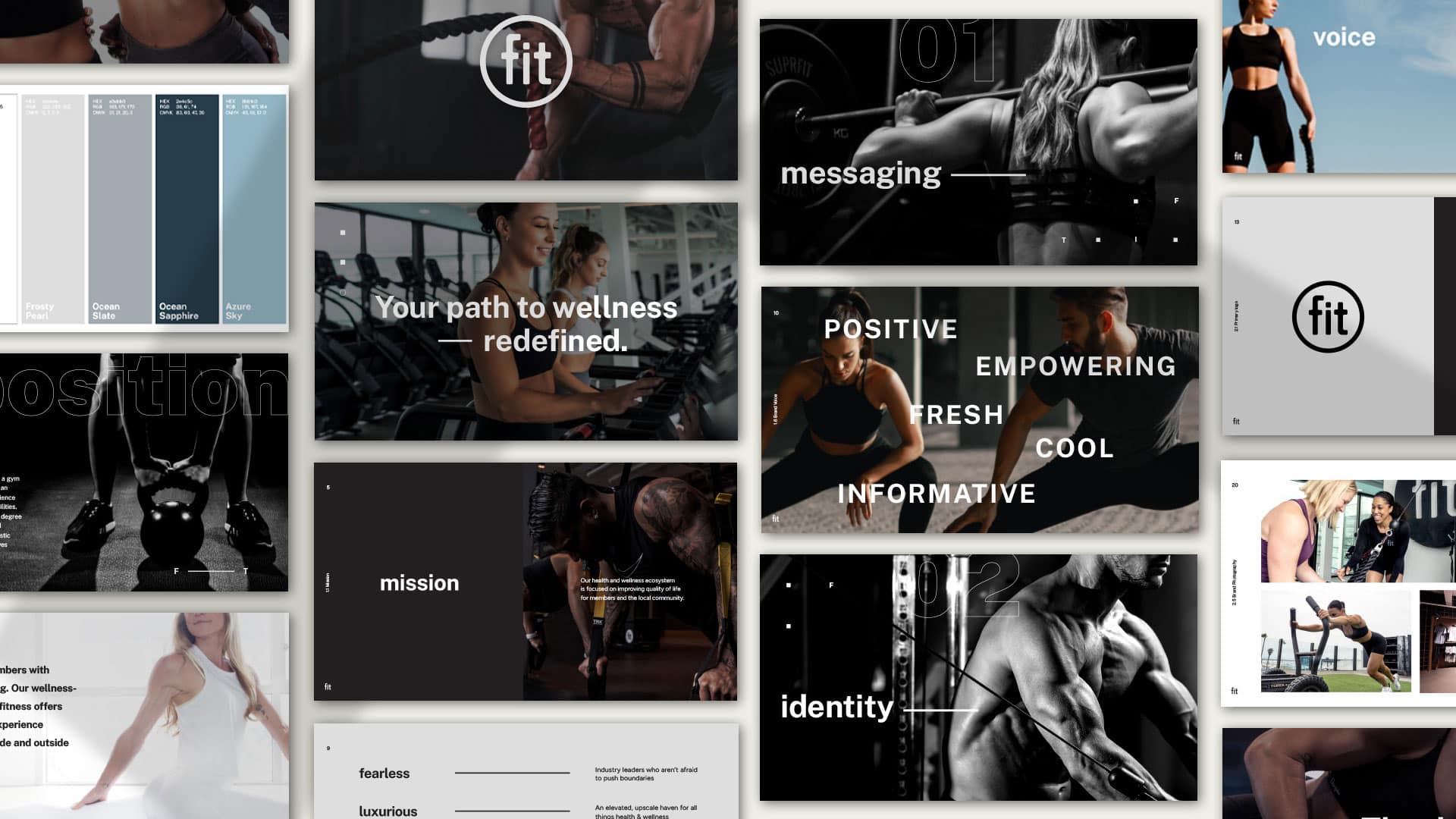Typography plays a crucial role in the branding process, as it is an integral part of creating visual identity that communicates a brand’s personality, values, and message. The typography used in a brand’s logo, website, packaging, or marketing materials can evoke emotions, influence perceptions, and build recognition.
In this blog post, we will discuss what typography means as it relates to branding, why it’s essential for building a visual brand identity, and ways that typography can impact branding. We will also provide examples of cutting-edge use cases for integrating creative typography into a brand.
What is Typography in Branding?
Typography refers to the art and technique of arranging typefaces to make writing readable, and appealing when displayed. In branding, typography is the use of typefaces and lettering to create a distinctive visual identity that represents a brand’s unique attributes.
The typography used in branding encompasses various elements, such as font family, size, weight, style, color, and spacing. These elements can be combined to create a typographic system that reflects a brand’s personality and values, and enhances its overall visual identity. It is common for a brand to utilize distinct fonts for its heading, subheading, and body text.
Why is Typography Important in Building a Visual Brand Identity?
Typography is essential in building a visual brand identity for several reasons:
It Sets the Tone and Mood
The typography used in a brand’s visual identity can set the tone and mood of the brand. Serif fonts, for instance, can convey tradition, elegance, or seriousness, while sans-serif fonts can suggest modernity, simplicity, or informality. The choice of font style, weight, and color can communicate a brand’s personality and values, and help it stand out from competitors.
It Builds Recognition and Recall
Typography is a crucial element in creating a memorable and recognizable visual brand identity. A well-designed logo, for instance, can use typography to create a unique and distinctive mark that customers can easily associate with the brand. Consistency in typography across all brand touchpoints, such as websites, social media, or packaging, can also improve brand recall and recognition.
It Enhances Legibility and Readability
Typography can improve legibility and readability, making it easier for customers to engage with a brand’s message. A well-chosen font family, size, and spacing can make the text more readable and accessible, especially for people with visual impairments or language barriers.
It Creates Visual Hierarchy
Typography can create visual hierarchy, guiding the viewer’s attention to the most important information. The use of different font weights, sizes, and colors can create a clear and logical structure that helps the viewer navigate through the brand’s message and offerings.
It Differentiates Brands from Competitors
Typography can help a brand differentiate itself from competitors, especially in crowded markets. By using a unique and distinctive typographic system, a brand can stand out and create a strong visual identity that sets it apart from competitors.
It Communicates Brand Values
Typography can communicate a brand’s values and message, creating an emotional connection with customers. The choice of font style, color, and weight can reflect a brand’s personality, culture, and mission, and help it resonate with customers who share similar values and beliefs.
It Influences Perception
Typography can influence customers’ perception of a brand, creating positive associations or emotions. For example, a playful and whimsical font can create a sense of fun and joy, while a serious and authoritative font can suggest trust and credibility, or a luxurious style font can create a sense of grandeur.
Typography is a dynamic and versatile tool that holds potential in shaping a brand’s identity and creating a lasting impression on customers. Brands that harness the power of typography effectively will be better positioned to succeed in the competitive marketplace by establishing a strong and unique visual identity that resonates with their audience.


